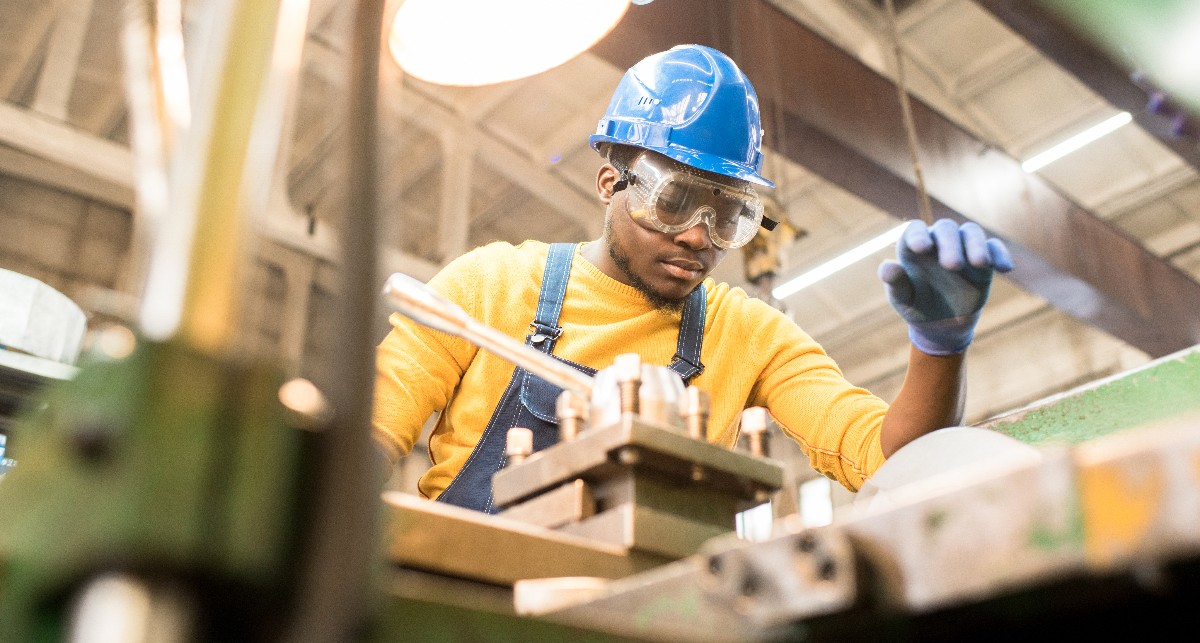Verbal communication in the workforce faces extinction like never before. If you’re in an office that believes internal emails should be limited and anything worthy of saying to a coworker within a brief walking distance of you can and should be said in person, you’re light years ahead of other offices in regards to the verbal communication front.
Now there are times when it’s necessary to shoot an email to a coworker who sits six feet away from you, like when you have five minutes to race to a meeting and your fellow coworker needs your input to move forward on a project or when your coworker has back-to-back phone calls all day and you don’t want to interrupt the only five minutes he has to squeeze in a restroom break.
Or perhaps you just completed knee-surgery or are experiencing some other ailment that truly does make getting up from your desk a challenge. There are absolutely times when a quick email or text to a coworker is not only thoughtful, it makes perfect sense. This is not a discussion on those times– when typing a message, via computer, phone, or otherwise, makes sense. This is a discussion about all the other times.
Emojis Gone Wild
Why were emojis created?
One of the arguably best answers to this question is that tone is difficult to perceive through a typed message. That’s why we add a heart emoji to imply a softer tone and affection. That’s why we add a laughing emoji to make sure someone knows we’re sarcastic or amused. That’s why we add a thumbs-up emoji to make sure someone knows we approve. This is, of course, assuming an emoji is even included in the message.
There are many in the professional world who believe emojis are extremely unprofessional and although I can see merit in that perspective, now the receiver of a typed message has absolutely no help with perceiving the sender’s tone. Unless those typed-message-senders are masters of emotional writing and can paint an analogy and their words better than Ralphie’s dad paints profanity in A Christmas Story, the tone is misread more times than the coffee is made.
Although emojis are cute and writing something emotionally-rich enough to make us feel something is powerful, nothing is quite the same as witnessing facial expressions and hearing tone in-person. Remembering the way your grandpa laughed swells your heart. Picturing the way your mom bobs her head to the music on the radio makes you smile. The smell of sawdust and coffee conjures memories of your dad faster than a tear runs. When we hear and see others, we are emotionally affected. This goes the same for coworkers and customers.
When you have time and so does your coworker, walk those six feet to deliver your question, answer, or input in-person. Let your coworkers see how thoughtfully you considered something by the way you make eye contact when they talk and how you laugh when they make a joke. Take the time to be personal. Not only will talking more and typing less help you bond to coworkers in a way that boosts company morale and can lead to more understanding and thus productivity among employees, but it also gives others the opportunity to know you better. Wouldn’t you rather work among people who have a sense of who you are at both a personal and an employee level?
Value the Human Experience… It’s Worth It
Of all the retirees I’ve ever known, not a single one has said “I miss the way they sent their emails” or “wow, his emojis were always on-point.” No. What I hear is “I miss having lunch with her,” “you could hear him whistling down the hall a million miles away,” “he always knew how many days there were until spring.”
As the coronavirus pandemic continues to call for social distancing, masks, and for all of us to do our best impression of famed mime Marcel Marceau and create invisible boxes around ourselves, this conversation on the loss of verbal communication and in-person interaction is needed more than ever before.
It is not about whether or not we should or should not do anything just mentioned… it is about remembering that when the coronavirus pandemic is something mentioned in a history book and masks are once again something worn with Halloween costumes and social distancing is what teens are made to do by their parents at their middle school dance, that we remember the power of personally interacting and connecting with someone and that because of those memories and perspective, we return to in-person interaction and verbal communication as soon as we’re safely able to do just that.
Author: Evelyn Lindell





